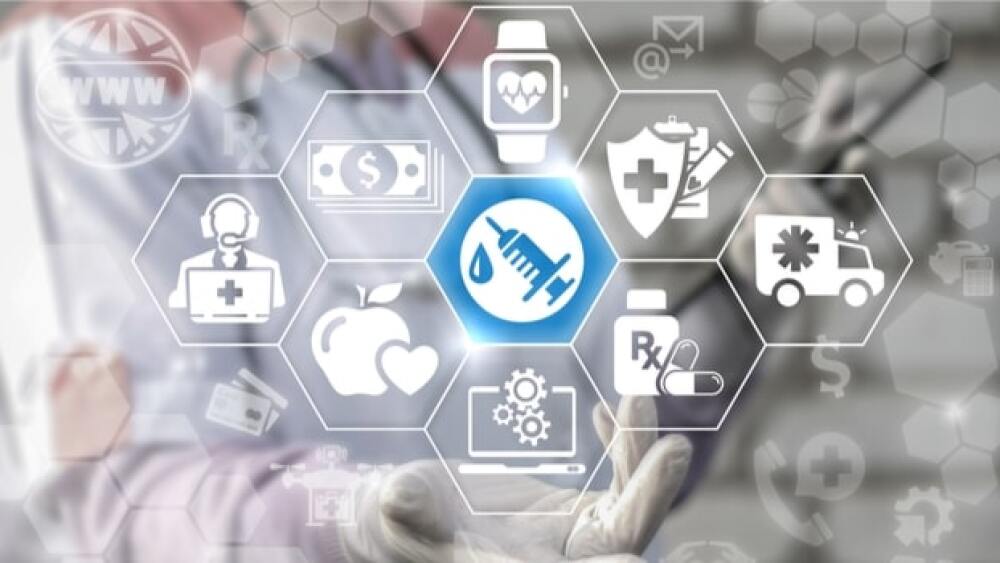The pharmaceutical supply chain is being pushed to its limit as it prepares to deliver COVID-19 vaccines and therapeutics to the entire world as soon as possible, while continuing to produce and deliver all the usual medications and products.
The pharmaceutical supply chain is being pushed to its limit as it prepares to deliver COVID-19 vaccines and therapeutics to the entire world as soon as possible, while continuing to produce and deliver all the usual medications and products.
For Catalent Biologics, as a contract development and manufacturing organization (CDMO) with 50 programs ongoing at 40 sites, and with 14,000 employees globally, this means becoming more transparent and collaborative up and down the supply chain, and building out capabilities.
At the most basic level, Karen Flynn, president of biologics and chief commercial officer at Catalent, told viewers during a Fireside Chat at the virtual BIO Investors Forum: “First, we need to ensure we have the necessary materials on site to ensure the supply of medications. We relied on data and analytics to understand the challenges around critical materials. That included raw materials as well as consumables and capital equipment.”
Throughout the pandemic, Catalent increased its stocks on hand so it is prepared to supply key vaccines and therapeutics. Simultaneously, the company increased its inventory of personal protective equipment (PPE).
“We’ve taken a whole new approach,” Flynn said. “We looked at our inventory and relevant data to extend our planning horizon as much as possible.”
That resulted in the CDMO procuring many materials well in advance, while taking care not to create a bottleneck. Now Catalent is more transparent than ever before, sharing information more freely within its supply chain.
“We need open dialog about industry needs, up and down the supply chain for planning purposes,” she said.
The accelerated time frames associated with COVID-19 products have created a unique environment, she said. Accelerating manufacturing timeframes for these products also has shortened procurement times for raw materials. Therefore, the entire supply chain must be more collaborative and more innovative.
“We’re questioning the standard ways of working. We’re not taking unnecessary risks, but we – as an industry – are questioning how the work is done. Technology transfer (to manufacturing) is an example,” Flynn said.
Before COVID-19, companies were more likely to advance products to commercially sequential, completing one step before beginning the next. Now many companies are working on multiple steps in parallel, and some are manufacturing product on the belief that the current stage will be successful. Some vaccines are being manufactured during Phase III trials, for example, on the assumption that the vaccine will be authorized.
Many of the efficiencies born of COVID-19 are likely to continue even after the pandemic ends, Flynn predicted. Supply chain continuity planning and increased supply chain transparency are two examples.
“Regarding continuity planning, we’re taking a more critical look at necessary redundancies and seeing that plans are as robust as they should be to weather circumstances such as this pandemic,” Flynn said. “Increased transparency also will stick, because it helps companies anticipate changes and plan ahead.”
The increased level of cooperation throughout the industry and government sectors also will continue, she suggested.
“Everyone sees the true benefit of collaboration,” Flynn said.
As products prepare for commercialization, Flynn advised planning early for their cold chain requirements.
“The cold chain isn’t new, but some of the vaccine temperatures are more extreme than usual. For example, Pfizer’s COVID-19 vaccine – potentially – has a -90°F (-70°C) storage requirement,” Flynn said. “We work with our customer to identify these requirements and fine tune them, but we plan for various eventualities and ensure we have the manufacturing environment and freezers to house the filled vials and ready them for shipment.”
That takes more planning than those outside the industry suspect. For example, she elaborated, “while vials are being filled, the vaccines may be exposed to certain temperatures for a time. Temperatures must be monitored then, as well as throughout the labeling, packaging, and transit, all the way through last mile delivery.”
With the heightened sense of urgency to manufacture and distribute COVID-19 products, Catalent is working closely with its customers to overcome obstacles and innovate together.
“We’re taking a risk-based approach to decision-making, looking at our customers’ processes and seeing what we can do more efficiently when they move to our manufacturing operations,” she said.
Flynn said the company is working closely with materials suppliers and governments with to ensure the right materials are on hand at the right time.
Succeeding includes leveraging the scale and expertise of all the industry partners, both public and private. From a pharma perspective, that means finding partners who have scalable capabilities and the experience to anticipate what’s coming.
Before the pandemic hit, Catalent already was expanding its capacity.
“Since then, we’ve been working with key customers to accelerate that expansion, and to begin others,” she said.
Projects include adding engineering controls and vial filling capacity, as well as enhancing employee safety with such upgrades as touchless doors. Multiple construction initiatives are underway globally, partnered with multiple contractors.
Additional staff is part of the expansion.
“One of the key criteria for success is having staff available to man the lines and produce the materials,” she said. To that end, Catalent is bringing hundreds of employees on board in a relative short timeframe, “in close planning with our customers and the communities in which we operate.”
Consequently, the company is working with local colleges and recruiters to ensure staff are hired, trained, and proficient before manufacturing begins. “Most of our locations are in the U.S. and Europe,” Flynn added.






